Simply better – Surface-initiated group transfer polymerization allows fast and efficient preparation of thick and uniform polymer brushes.
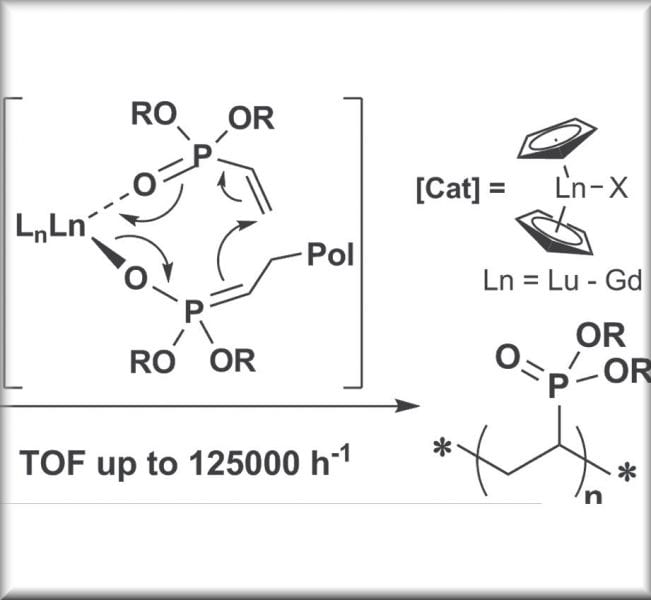


Simply better – Surface-initiated group transfer polymerization allows fast and efficient preparation of thick and uniform polymer brushes.
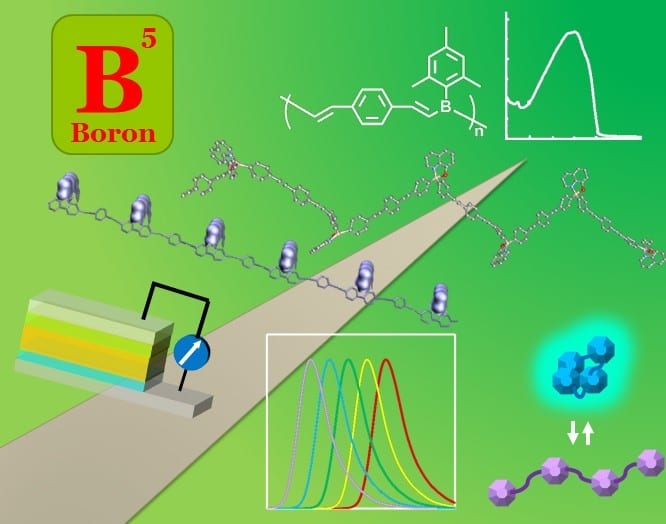
Yoshiki Chujo and Kazuo Tanaka present the state-of-the-art of the molecular design of organoboron polymers and their intriguing optoelectronic properties.
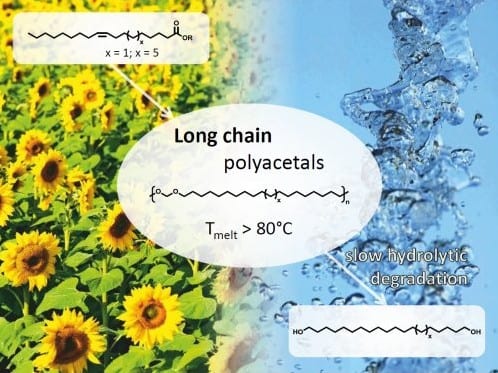
Long-chain polyacetals with useful thermal properties and interesting degradation behavior are obtained from green precursors.

A special issue in Macromolecular Rapid Communications presents the diverse research of young talents working in polymer science around the globe.
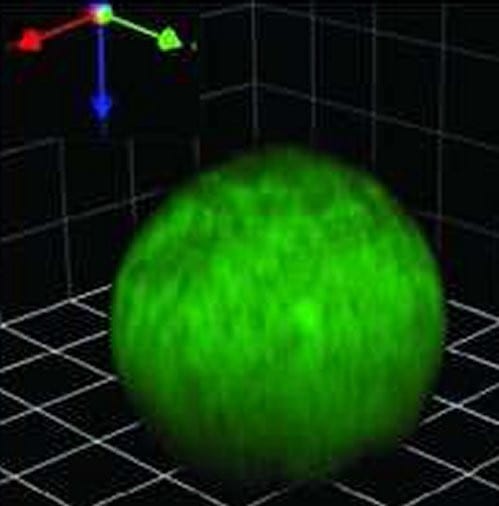
Researchers from KIT (Germany) present for the first time the preparation of polymeric boronic acid-functionalized microspheres.
Researchers from the University of Michigan present a palladium catalyst that can mediate a living, chain-growth polymerization of pi-conjugated monomers.
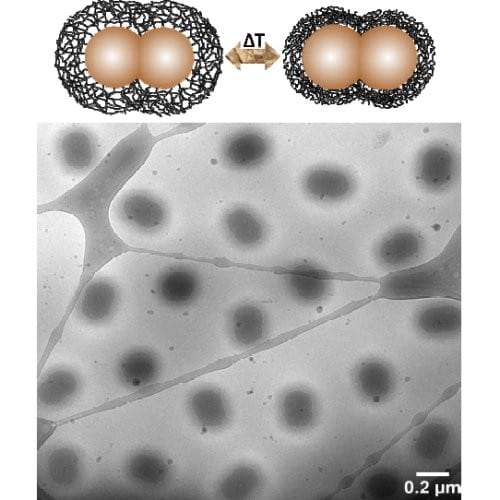
Researchers from the Helmholtz-Zentrum in Berlin present nearly monodisperse thermosensitive dumbbell-shaped core-shell microgels as a versatile model system for the dynamic study of the mildly anisotropic systems.
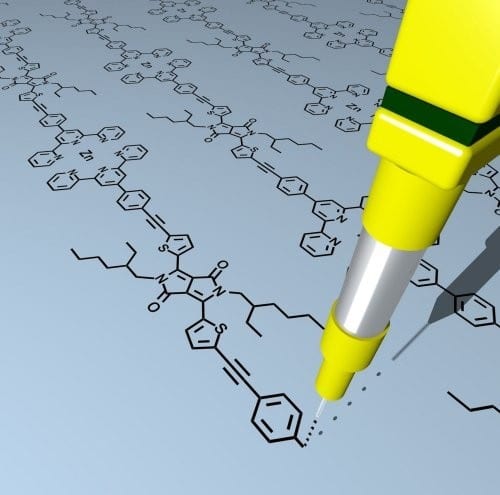
Get free access now to a selection of articles from the topical issue on “Macromolecules Containing Metal Ions”.
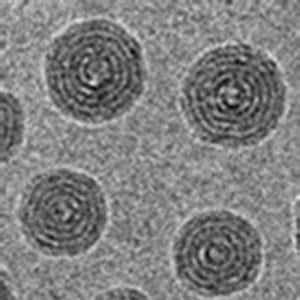
Researchers from the MPI of Colloids and Interfaces in Golm present exciting cryo-TEM data revealing interesting mechanistic features of crosslinked poly(ionic liquid) nanoparticles.

N-Carboxyanhydride ring-opening polymerization enables the controlled generation of numerous distinctive block copolypeptides possessing potential biomedical applicability.